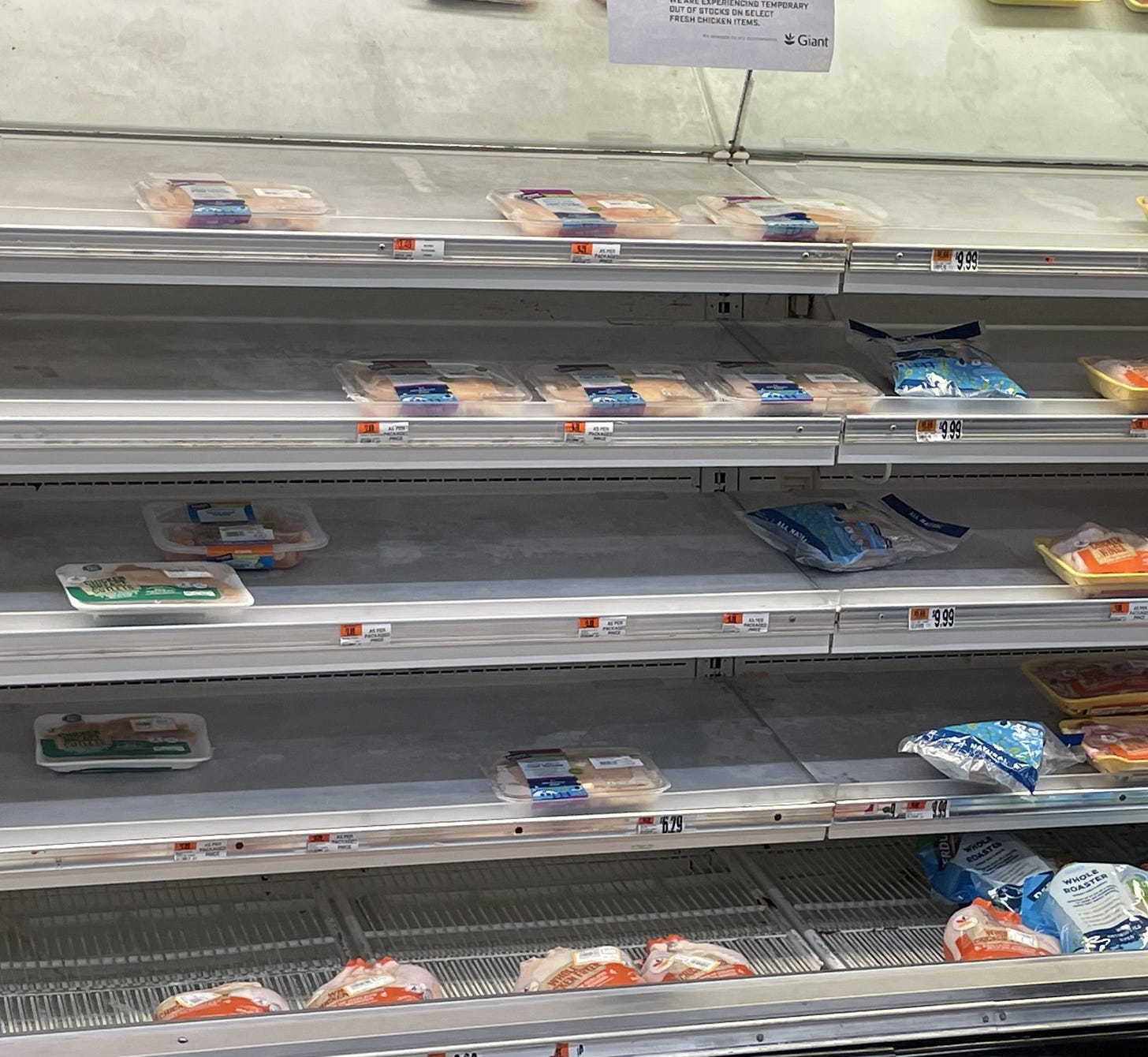A Roadmap to My Farm Labor Shortage and Immigration Posts
A critical farm input is disappearing
Farming is hard work. Farmers often need to hire help with that work. In the US, people willing to do farm work are getting harder and harder to find as the rural population ages and food prices limit what farmers can pay workers. Importing labor to grow food in the US has become controversial and difficult.
I have made seven(!) posts on farm labor—four more than I set out to—so I felt it was time to pause and provide a guide to these posts.
First, The Handwriting on the Barn Wall (December 2024) provides an overview of the US farm labor crisis and aging rural demographics. It’s come to a point where we are choosing between importing our food and importing labor to grow our food. The US has always imported farm labor, even before the US founders were born. It’s often been unpopular, and often illegal. Now, it’s so unpopular that our current president ran on mass deportation of immigrants—and is making quite a show carrying out what he perceives as a mandate for mass deportation.
My post Who Will Be Deported? (February 2025) is an overview of unauthorized immigration and deportations into the US and the immigrants over the past half-century. This post provides the context of the entire immigration battle, not just farm workers. This post explains the different types of unauthorized immigrants—documented versus undocumented—and who among them is eligible for deportation under US immigration law. This post includes immigration and deportation numbers since 1980. If you only recently tuned into the immigration issue, you will probably be surprised to learn which presidents have done what.
My second immigration post The Unauthorized Immigrants Filling Your Plate (February 2024) homes in on the role of immigration in agriculture since our days as British colonies. I quantified our current dependence on undocumented workers on farms and in food processing plants. I also speculated on how deporting all these people might impact our food supply, based on data from the COVID-19 pandemic.
We actually have real data on what happens when we remove the undocumented immigrants from our agricultural workforce, because three states tried this already. My next post Some Already Tried This at Home summarizes Arizona, Georgia, and Alabama efforts to intimidate undocumented immigrants into leaving their states. This post reveals the architect, organizations, and philosophy underlying the laws passed in these states—important because this philosophy is being scaled up to a national level by the current Trump Administration.
Accompanying this post are three posts detailing what these state-level anti-immigrant laws contain and what has happened to farms and farm Real Gross Domestic Product (RGDP) in those states after their passage:
Arizona in the Rear View Mirror summarizes Arizona’s 2007 and 2010 laws and their impacts on the state’s farm economy.
Take a Detour around Georgia covers Georgia’s 2011 law and its impact on that state’s farm economy.
Finally, Not-So-Sweet Home Alabama covers Alabama’s 2011 law and its farm economy impact.
Lots of words on the US farm labor situation—domestic and immigrant—because US security requires a secure food supply as well as secure borders. US farms need a reliable labor supply to survive. No US farms, no US-produced food.
I plan one more post at some point in the future, proposing solutions to this tough problem, but can’t promise a date, considering all the critical issues in agriculture.



